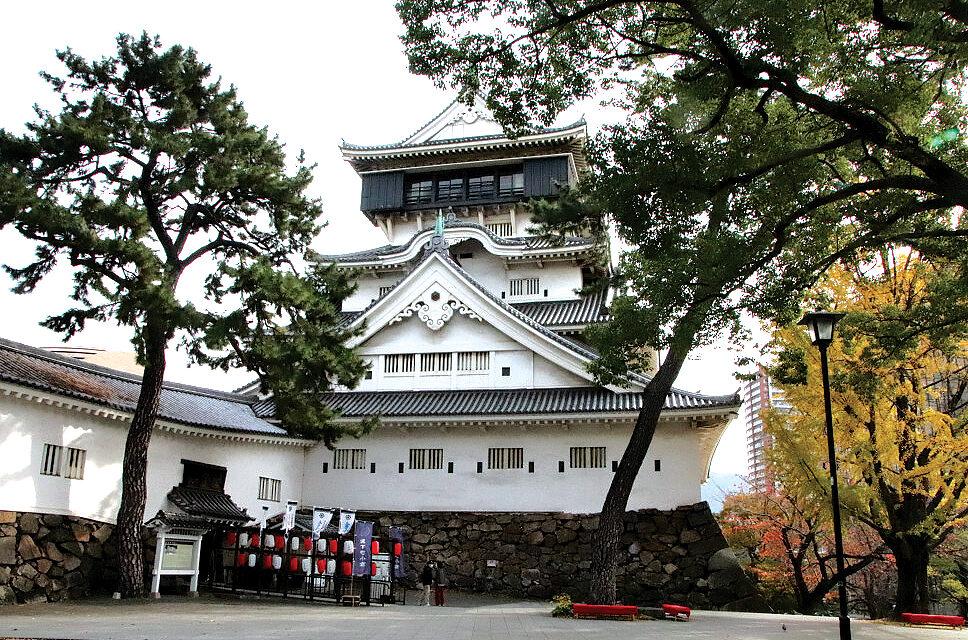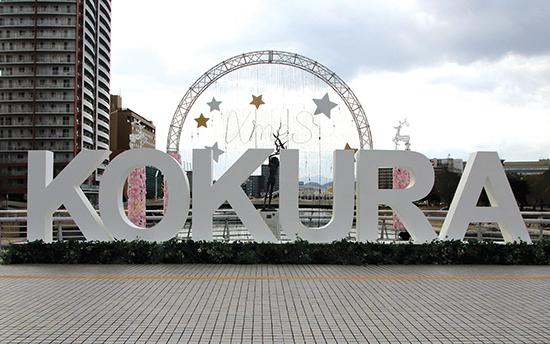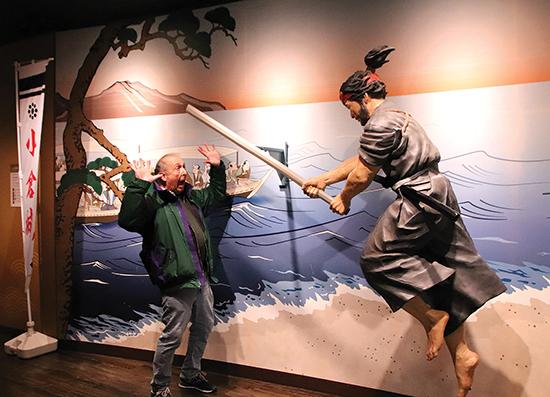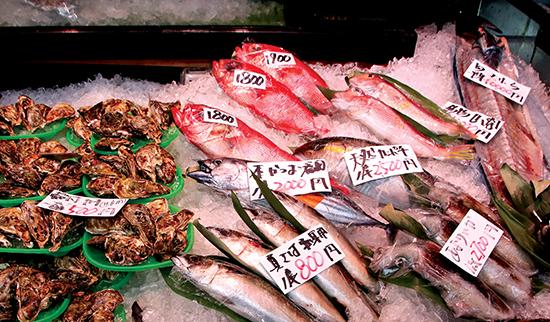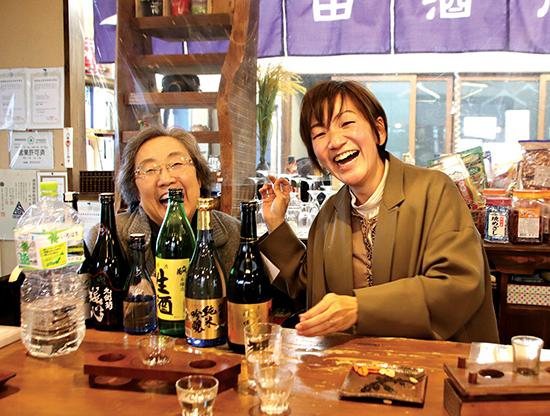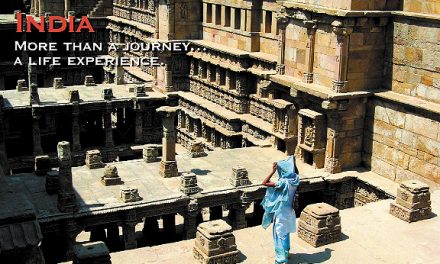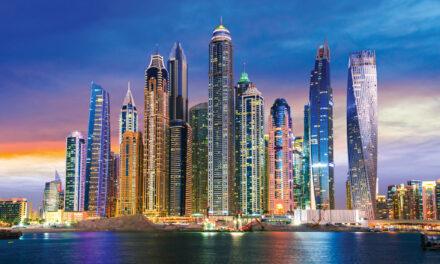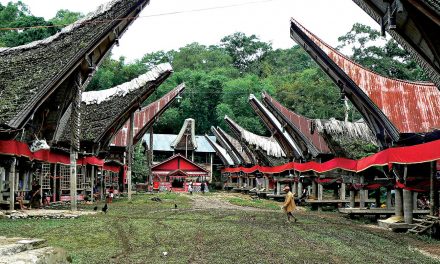Japan
To Kokura, with Amazement!
Article and photography by Steve Gillick
Travelers with a passion for history, traditional markets, photography, architecture, seafood, sake and fun, will easily fall in love with Kokura, a city in Kitakyushu (North Kyushu), in western Japan.
The Japanese expression, ‘The Luck of Kokura’, refers not only to the serendipitous discovery of this great city by travelers, but also to Kokura’s double stroke of luck during the Second World War. Kokura City was the secondary target of the American atomic bomb attack on August 6, 1945. If the cloud cover over Hiroshima had been too dense, then Kokura, home of the Imperial Army’s arsenal of weapons, would have been attacked. Still, the strategically located city was deemed to be the prime target for the second atomic bomb on August 9, 1945. On this day, the cloud cover over Kokura was too dense, and with the directive that the bomb had to be ‘dropped visually’, Nagasaki became the target. Kokura was spared a second time.
Nearly 80 years later, visitors find an amazing, modern city that lies on the bullet train route, 2 1/4 hours from Osaka, less than an hour from Hiroshima, and about 2 hours from Nagasaki.
But the history of the city harkens back to 1569 when a castle was constructed by the Mori clan. Then in 1600, when the Tokugawa clan came to power (and established the Shogunate that lasted until 1868), the original castle was totally renovated. Fires destroyed most of the structure in the 19th century. The castle was fully restored in 1990. I will add that after visiting over a dozen castles in Japan, the displays inside Kokura Castle are amongst the best.
And it’s easy to get to the castle from the train station. Just follow the English signs to the Kokura Castle Exit! The short walk takes visitors to the bridges over the Murasaki River, home to a series of intriguing pasta-headed people statues, the large Kokura city sign, and views of the colourful and architecturally creative buildings along Riverwalk Kitakyushu.
Then, a walk through Katsuyama Park (one of the main venues for spring Cherry Blossom viewing), leads to Kokura Castle, with four floors of exhibits plus an observation level. Aside from the displays covering the castle’s fascinating history, there are two that deserve mention.
One exhibit is comprised of a series of dioramas that feature hundreds of vividly outfitted characters depicting daily life and festivals in the castle town. Photos are allowed!
Another exhibit centers on the historic duel between Miyamoto Musashi, the legendary philosopher-warrior (who lived in Kokura for a time), and Sasaki Kojiro. The contest took place on the nearby island of Ganryujima. Visitors can even pose as Musashi’s wooden sword is about to strike them! And just a note that the Castle Garden with its small wooden bridge, sculpted trees, and beautiful scenery, is also worth a visit.
Afterward, the 100 year old Tanga Market is the perfect place for lunch. Visitors can stroll by the seafood and vegetable displays, chat with the vendors, and devour fresh, savoury fish cakes, or ultra-fresh sushi or sashimi, while standing on the spot, or packaged and brought back to the hotel.
And visitors have a great opportunity to imbibe the culture of the Kakuuchi!
Pronounced “Kakoo Oochi”, this unique type of drinking establishment first appeared in Kitakyushu before spreading throughout the country. At Akakabe Saketen, an 80-year old traditional Kakuuchi located on the main market alleyway, Toshiaki Morino explained that at the turn of the century, steelworkers laboured on a 24-hour shift system. Those who completed the night shift needed a place to gather and relax with a drink, but the sake stores only sold bottles. The practice evolved for the stores to sell drinks of sake, sometimes with light snacks, in a casual, standing-only atmosphere to ensure a quick client turnover. And to honour this tradition, we sampled three different sakes, along with snack of ‘saba no nukadaki’, a local dish of mackerel stewed in miso. So good!
Then just outside the main market, we visited Hayashida Saketen, a contemporary Kakuuchi, where the very personable Naoko Hayashida and her mom served up sake samples and spoke about the family brewery, founded in 1837.
After a quick rest at our business hotel (there are many within walking distance of the train station), we headed to Shubo Musashi for a dinner. Our selections included Yellowtail sashimi, Ikura (salmon egg), deep-fried Oyster, tsukuneh (yakitori style minced chicken), deep-fried Fugu (puffer fish, which is very popular in Western Japan), and Octopus tempura.
The entire afternoon was a delicious way to conclude a very rewarding day, exploring and interacting with Kokura. This is definitely a destination to include on a first or second visit-to-Japan itinerary.
https://www.japan.travel/en/

